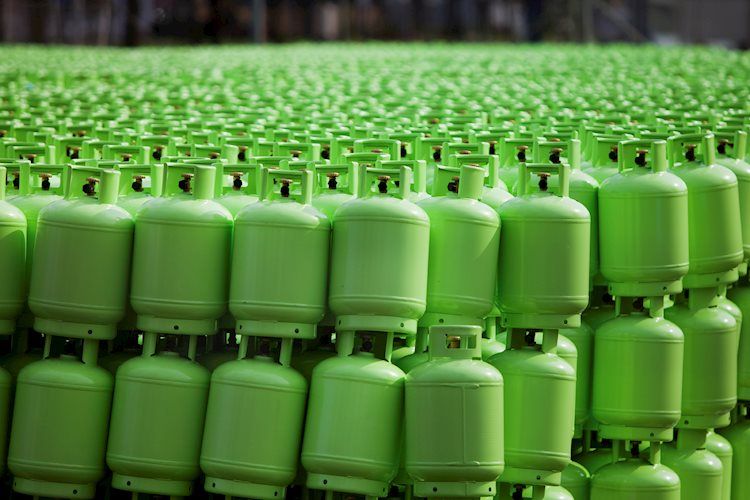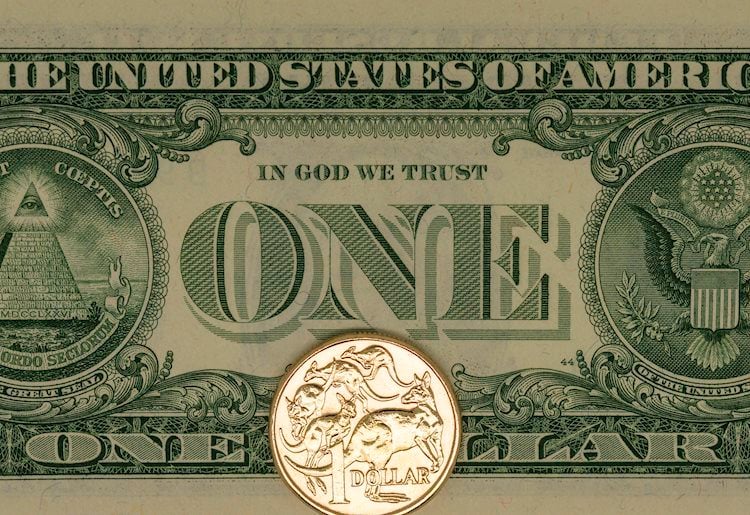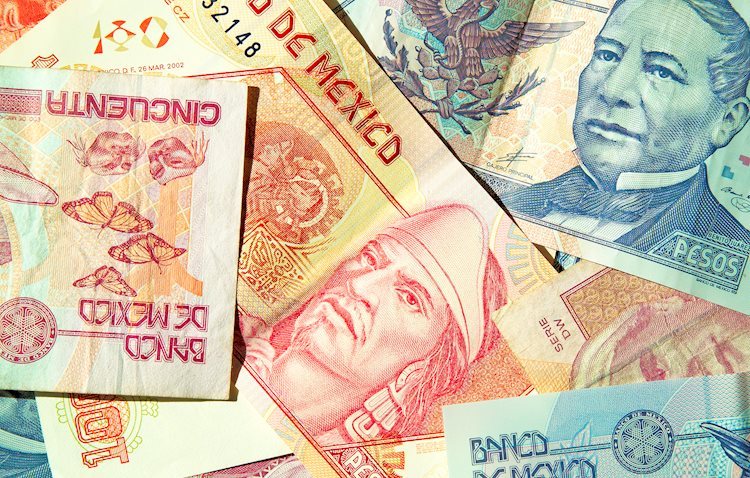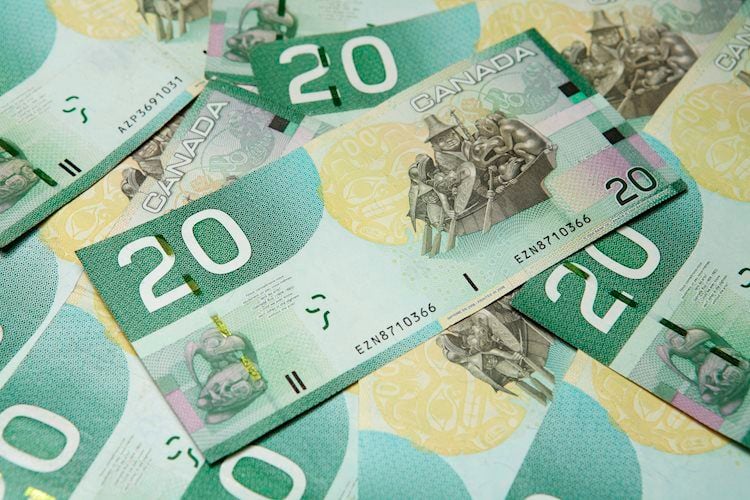Share:
Natural Gas slides over 1% in early Monday trading.
Traders are sending Gas prices lower with temperatures hitting higher-than-normal levels in Europe.
The US Dollar Index is steady ahead of US CPI numbers on Tuesday.
Natural Gas (XNG/USD) is eking out more losses at the start of this week with the weather man as the biggest catalyst for this steep decline on this occasion. A warm front is set to kick in in Europe. Temperatures are forecast to top 17 degrees Celcius in Paris for example, which is exceptional for this time of year. For 2024, this puts the Gas reserves in Europe at a very good position ahead of the next heating season with less need to acquire supply during the coming six months.
The US Dollar (USD) is facing some pressure from all angles. Geopolitical tensions are present, favouring the Greenback on the one hand. While on the other hand traders are looking forward to the US Consumer Price Index (CPI) on Tuesday with US inflation expected to continue its disinflationary pathway lower, which advocates for a bit weaker US Dollar.
Natural Gas is trading at $1.85 per MMBtu at the time of writing.
Extreme warm and mild temperatures are preserving current Gas storage levels in Europe. This puts Europe in a good position to restock for next winter.
MidOcean Energy acquires 20% of stake in Peru LNG in search of supply towards growth market India.
Gas futures are seeing the more forward contracts (over summer) showing bearish signs as well, with buyers not buying up as much on average ahead of Winter 2024.
Focus remains on Capitol Hill where lawmakers are still unhappy with the Biden ban on LNG exports, with possible legal claims being put forward to get the ban dismissed.
Natural Gas is facing a more substantial downturn. Traders fear Biden’s current Gas-exporting moratorium could be lifted, leading to an influx of Natural Gas supply flooding markets. Set against demand which is expected to remain low, such an influx would tip the price lower.
On the upside, Natural Gas is facing some pivotal technical levels to get back to. First, $1.99 which saw an accelerated decline. Next is the blue line at $2.13 with the triple bottoms from 2023. In case Natural Gas sees sudden demand pick up, possibly $2.40 could come into play.
Keep an eye on $1.80, which was a pivotal level back in July 2020. Should Biden’s moratorium be lifted, together with the additional supply from Canada which is exporting more to fill the gap from the US, $1.64 and $1.53 (low of 2020) are targets to look out for too.
XNG/USD (Daily Chart)
What fundamental factors drive the price of Natural Gas?
Supply and demand dynamics are a key factor influencing Natural Gas prices, and are themselves influenced by global economic growth, industrial activity, population growth, production levels, and inventories. The weather impacts Natural Gas prices because more Gas is used during cold winters and hot summers for heating and cooling. Competition from other energy sources impacts prices as consumers may switch to cheaper sources. Geopolitical events are factors as exemplified by the war in Ukraine. Government policies relating to extraction, transportation, and environmental issues also impact prices.
What are the main macroeconomic releases that impact on Natural Gas Prices?
The main economic release influencing Natural Gas prices is the weekly inventory bulletin from the Energy Information Administration (EIA), a US government agency that produces US gas market data. The EIA Gas bulletin usually comes out on Thursday at 14:30 GMT, a day after the EIA publishes its weekly Oil bulletin. Economic data from large consumers of Natural Gas can impact supply and demand, the largest of which include China, Germany and Japan. Natural Gas is primarily priced and traded in US Dollars, thus economic releases impacting the US Dollar are also factors.
How does the US Dollar influence Natural Gas prices?
The US Dollar is the world’s reserve currency and most commodities, including Natural Gas are priced and traded on international markets in US Dollars. As such, the value of the US Dollar is a factor in the price of Natural Gas, because if the Dollar strengthens it means less Dollars are required to buy the same volume of Gas (the price falls), and vice versa if USD strengthens.
Share:
Feed news
Information on these pages contains forward-looking statements that involve risks and uncertainties. Markets and instruments profiled on this page are for informational purposes only and should not in any way come across as a recommendation to buy or sell in these assets. You should do your own thorough research before making any investment decisions. FXStreet does not in any way guarantee that this information is free from mistakes, errors, or material misstatements. It also does not guarantee that this information is of a timely nature. Investing in Open Markets involves a great deal of risk, including the loss of all or a portion of your investment, as well as emotional distress. All risks, losses and costs associated with investing, including total loss of principal, are your responsibility. The views and opinions expressed in this article are those of the authors and do not necessarily reflect the official policy or position of FXStreet nor its advertisers. The author will not be held responsible for information that is found at the end of links posted on this page.
If not otherwise explicitly mentioned in the body of the article, at the time of writing, the author has no position in any stock mentioned in this article and no business relationship with any company mentioned. The author has not received compensation for writing this article, other than from FXStreet.
FXStreet and the author do not provide personalized recommendations. The author makes no representations as to the accuracy, completeness, or suitability of this information. FXStreet and the author will not be liable for any errors, omissions or any losses, injuries or damages arising from this information and its display or use. Errors and omissions excepted.
The author and FXStreet are not registered investment advisors and nothing in this article is intended to be investment advice.





